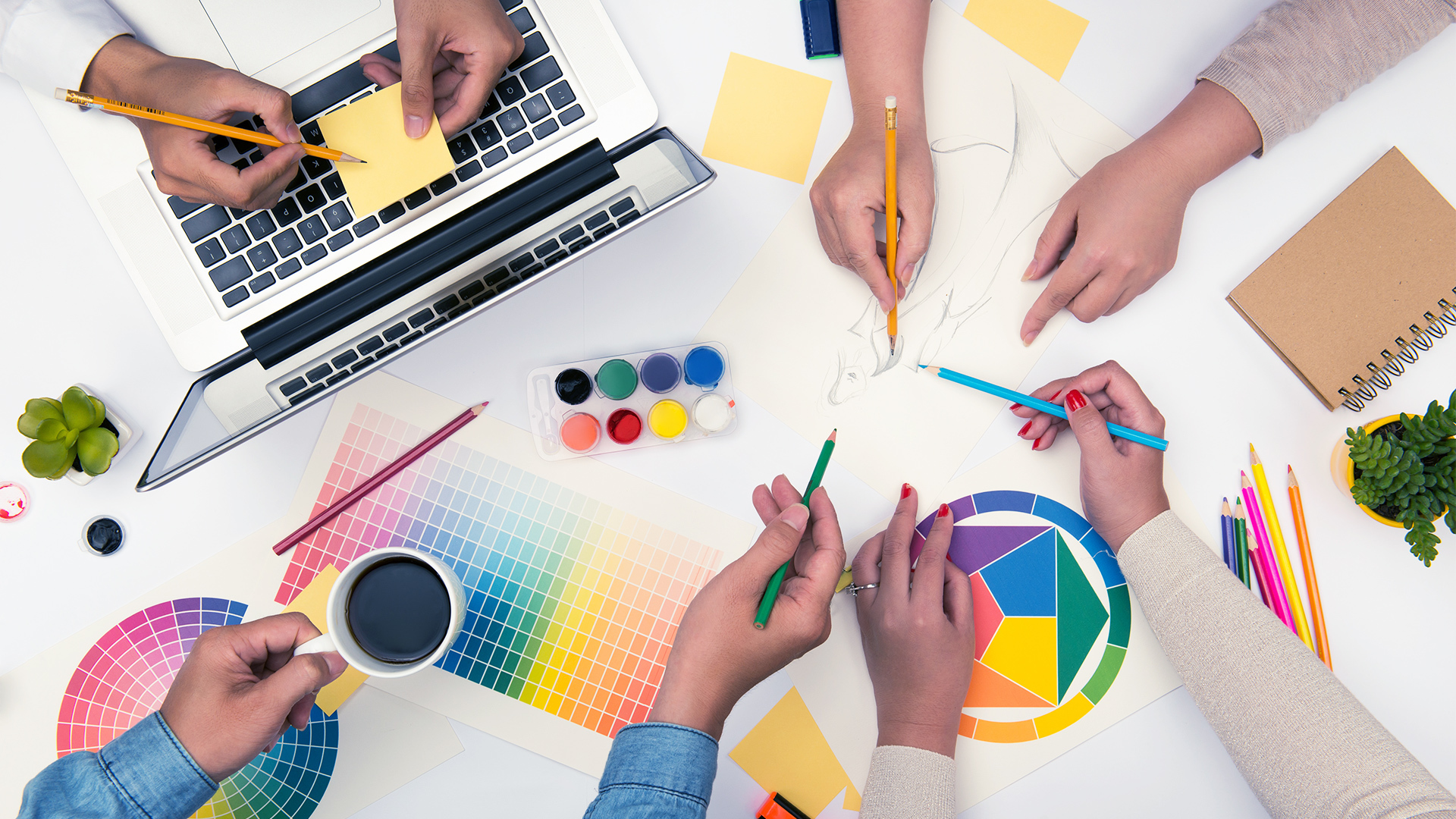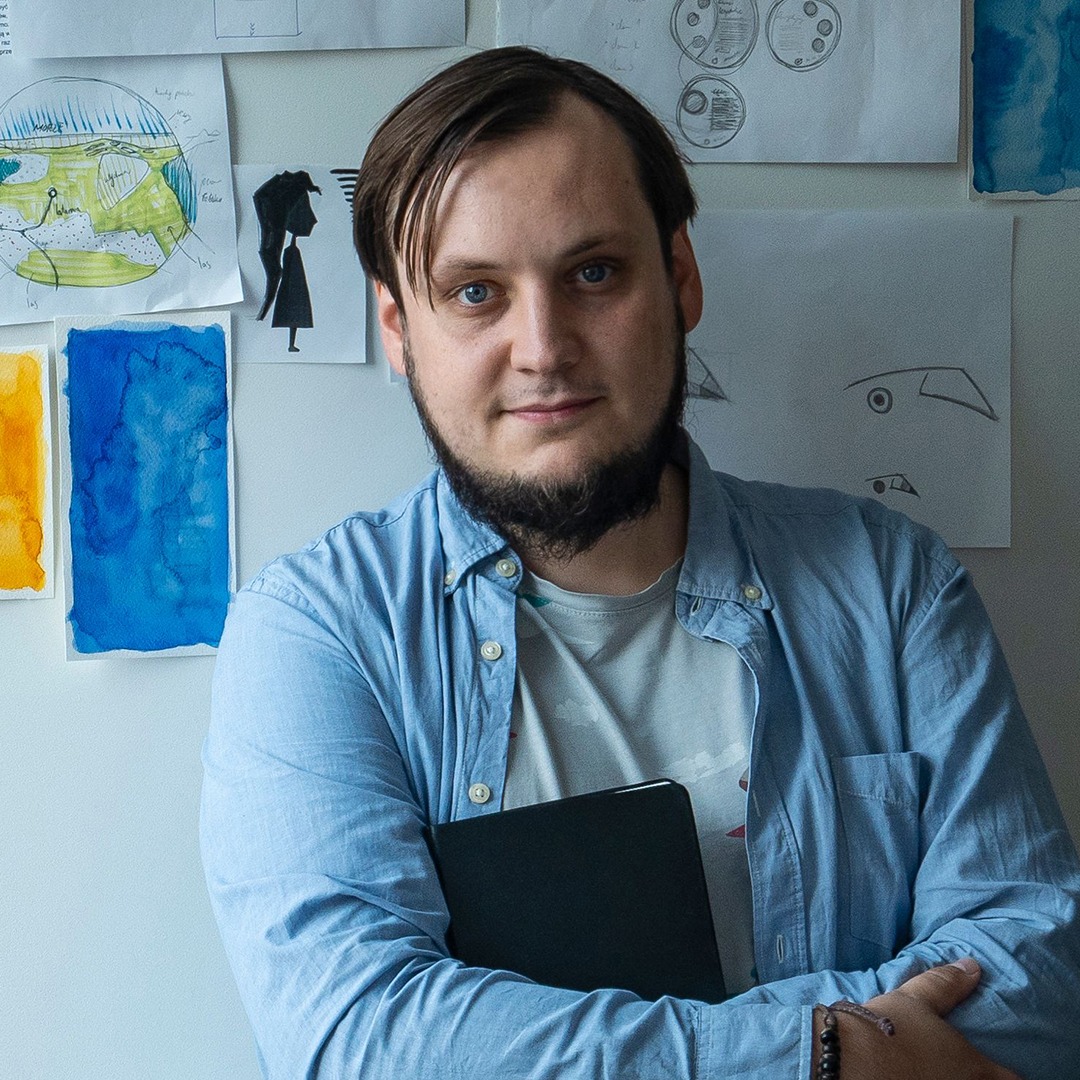Design System is a concept that has recently generated a lot of heated debate in specialist media. What exactly is it and how can it be applied in the exhibition industry?
What is Design System?
Design System is a planned collection of visual elements, ready for use in different locations of the project. Properly prepared, it consists of two basic components.
The first, extremely important, is the so-called style guide, which describes example elements in accordance with the visual identity of the project. This document contains elements such as: colour scheme, typography, buttons, sample illustrations, sample fragments of interfaces, icons and much more.
The second component, complementing the Design System, is a set of assets, that is, simply, the already-working and styled fragments, of which applications are made up (as if it were made of blocks).
Advantages of Design System in modern museums
The main advantage that Design System offers is predictability for the contractor and the acceleration of the execution time. When starting a project, we often do not know exactly what each individual application will look like. This is a common scenario for large exhibition projects consisting of a large number of multimedia applications. Thanks to the properly developed Design System documentation, we can easily build new applications and customize them to your needs — and implementation times are much shorter.
Another very important benefit is predictability for the customer. By spending the right amount of time working out a good style guide, the client can be sure of successful implementation, because — already at the beginning of the project — she knows how the specific elements of the application will look and work.
How and when to develop a Design System?
Design System documentation is developed at the very beginning of the project — when the customer has a vision of what he wants to achieve, but specific scenarios are not yet worked out. At that time, the team of UI and UX designers, after their workshops with the customer, presents proposals for the appearance of individual elements. It is also a stage of clarifying the application concept and information structure.
The best way to develop a Design System in an exhibition project — consisting of dozens of applications — is to run a workshop of the design and development team with the curators of the exhibition. During such workshops, the team learns the customer’s expectations and the customer learns the existing limitations or optimizations that can be implemented. Dedicating enough time for such workshops brings tangible benefits at further stages of implementation.
Design System in Museum and Gallery Exhibitions
The design of the German pavilion at World Fair EXPO 2017 is an excellent example of a well-executed Design System in an exhibition. At the beginning of the project, a visual identification of the whole exhibition was carried out, on the basis of which a comprehensive document describing the components of multimedia and a set of ready-made functionalities was created.
This allowed for extremely fast implementation and full coherence of multimedia with the facility decoration and style. The pavilion received two awards: “Best Interactivity of Expo 2017” by Exhibitor Magazine and “Best Pavilion of Expo 2017” for the best exhibition at the World Expo 2017. The effect would certainly not be so spectacular if it were not for the design approach based precisely on the concept of Design System.
Is it really worth it to prepare design system for modern exhibition?
It is definitely worth using the Design System. In particular, exhibition projects, where there is a lot of multimedia, are an ideal environment for this approach. Design System makes work easier for designers, developers and customers. Thanks to the collected documentation, the final result is never a surprise, and the exhibitions are pleasing to the visitors.





